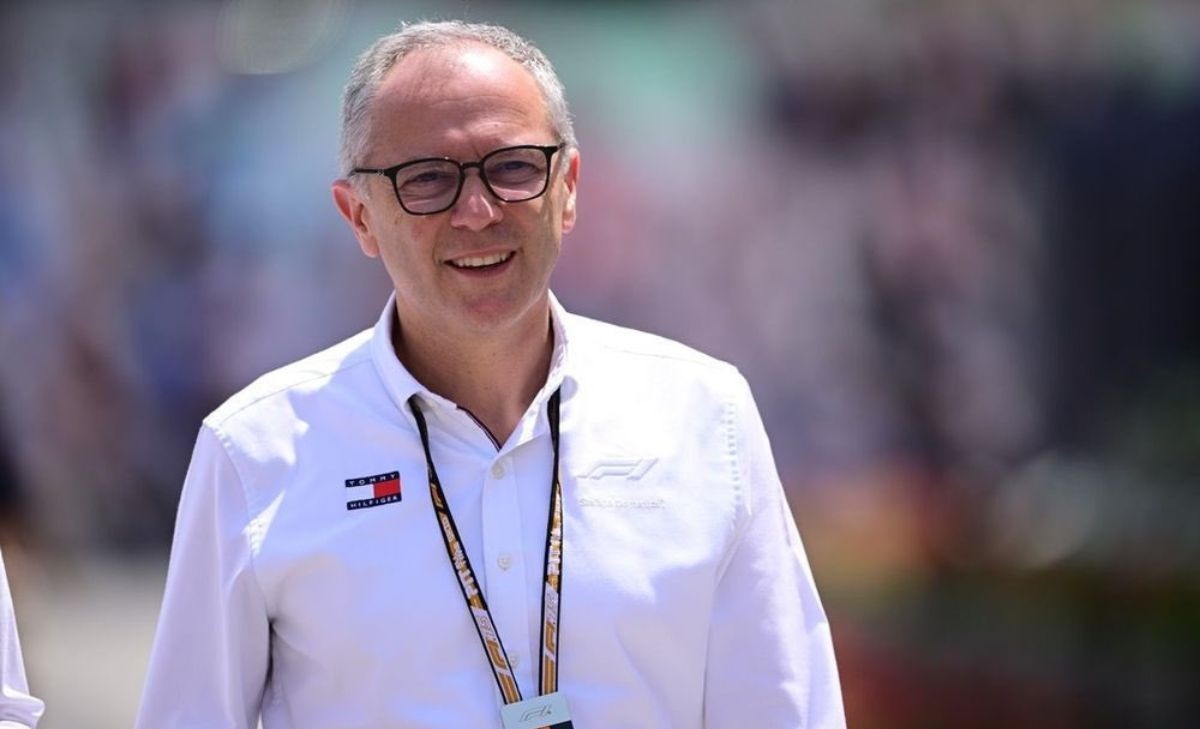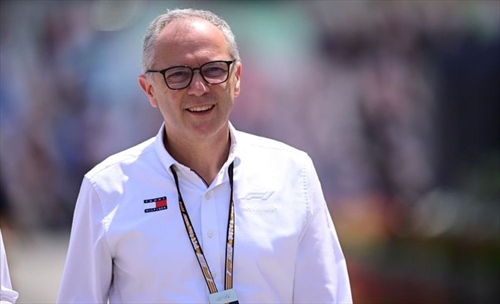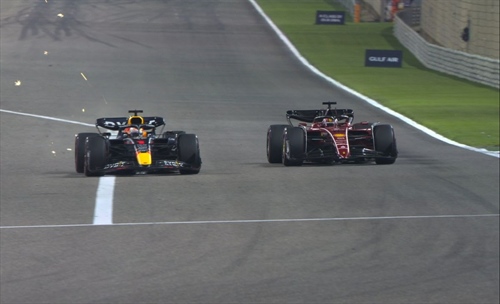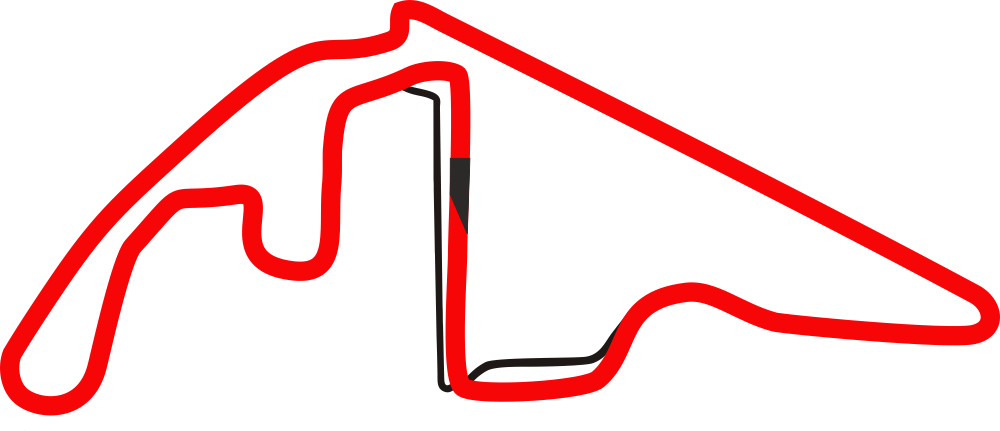In recent days, in an interview with a small group of media, Stefano Domenicali, President and CEO of Formula 1, raised a not so basic topic: a large portion of the audience, especially young fans, prefers to watch only the highlights of the Grand Prix. From this comes his reflection: as they are today, the races might be too long.
An idea that inevitably sparks debate. Because questioning the duration of a Grand Prix means challenging one of the pillars on which Formula 1 has stood for decades. But perhaps the real problem isn’t the stopwatch.
It’s not time that kills passion. It never has been, whether it’s the 300 kilometers of a race or the hour and a half — less than a tennis final and almost the length of a football match — spent in front of the TV. Because when the track comes alive and your heart starts racing, no one notices the passing minutes.
Last weekend, a single overtake by Leclerc reminded us of this. A daring move at the limit, the kind that makes you jump off the couch. Like in 2021, when Hamilton and Verstappen gave fans a season-long duel. Or like in the 2022 Bahrain GP, with Leclerc and Verstappen exchanging the lead lap after lap in a battle that seemed far too short.
The truth is, in those moments the duration of the GP doesn’t matter: only the adrenaline coursing through your veins and the sense that anything could still happen.
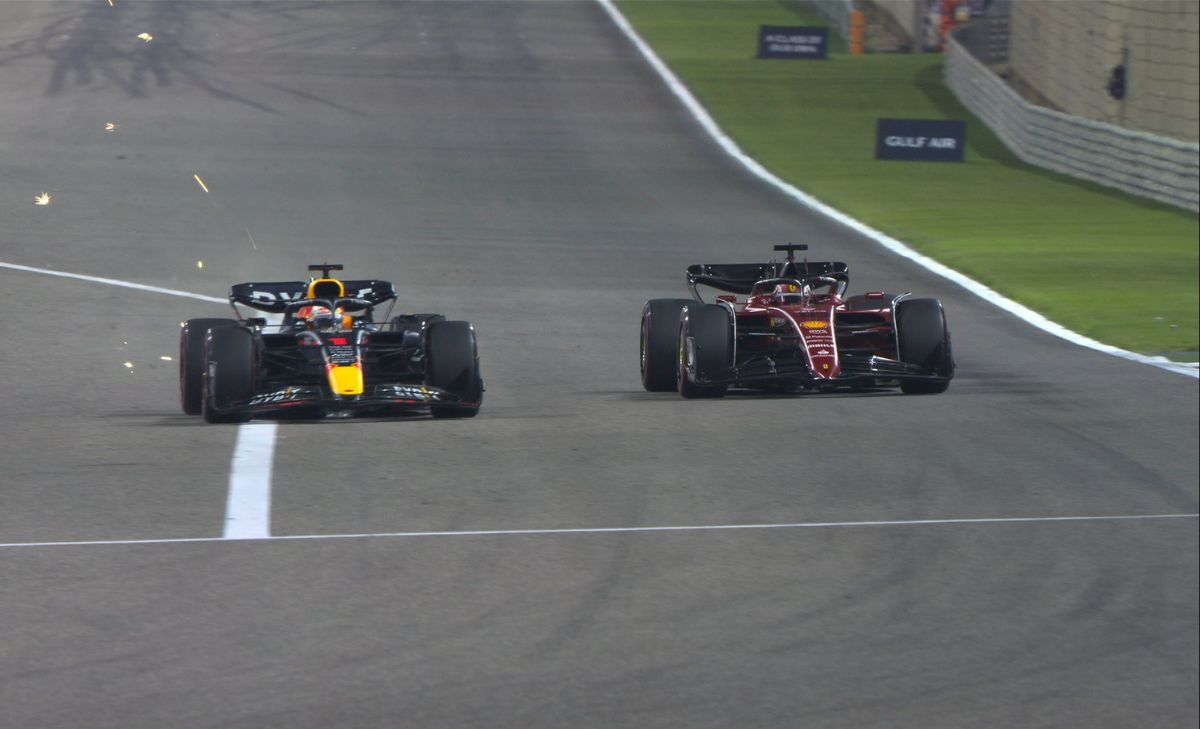
The real issue isn’t that Grand Prix are too long for young fans (in some cases, maybe it is, but that’s the minority). The issue is that too often they feel too predictable. Too often the true nature of Formula 1 seems trapped: meticulous rules, millimeter-precise penalties, and strategies designed more by computers than by instinct. And so the races lose their essence: unpredictability, risk and the freedom for drivers to really drive.
Highlights are certainly popular—same as in football. Yet no one would want to reduce a match to just five minutes, because the build-up, the tension and the crescendo to the decisive moment are all part of the show. Without them, the “climactic moment” loses its value.
Perhaps the future of Formula 1 isn’t in shortening the Grand Prix, but in restoring their intensity. Giving drivers more freedom, less instruction over the radio. Encouraging duels, not just the use of DRS. Allowing mistakes, surprises and pure talent to change the course of a race.
Because the audience, young or not, isn’t looking for a shorter race: they want a real race, one that makes the heart beat. And when Formula 1 remembers it can do that, the length no longer matters.
Read also: The most outrageous penalty of 2025: the FIA need to start from scratch
Main cover photo x.com
Inside photo x.com
